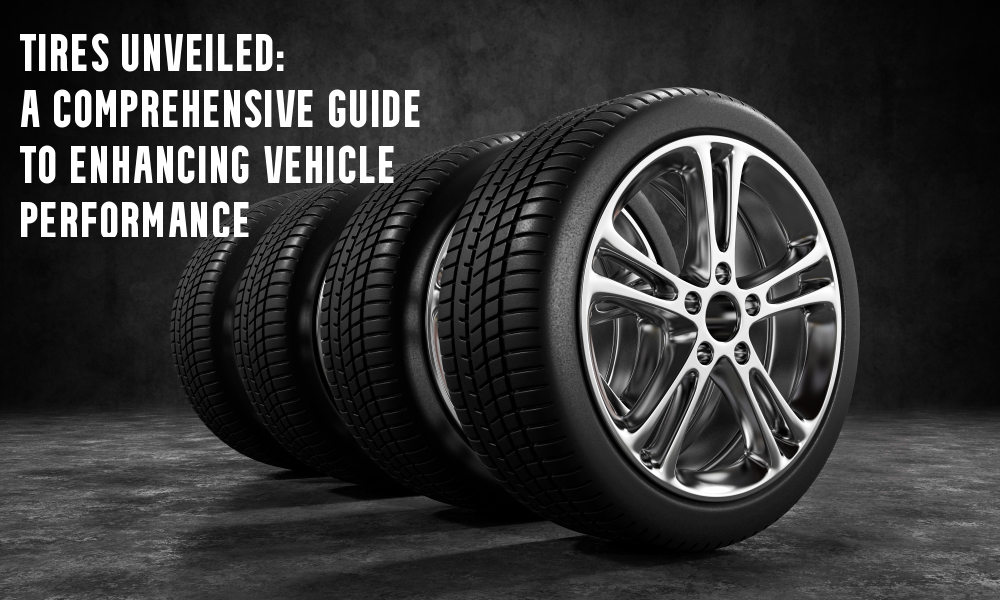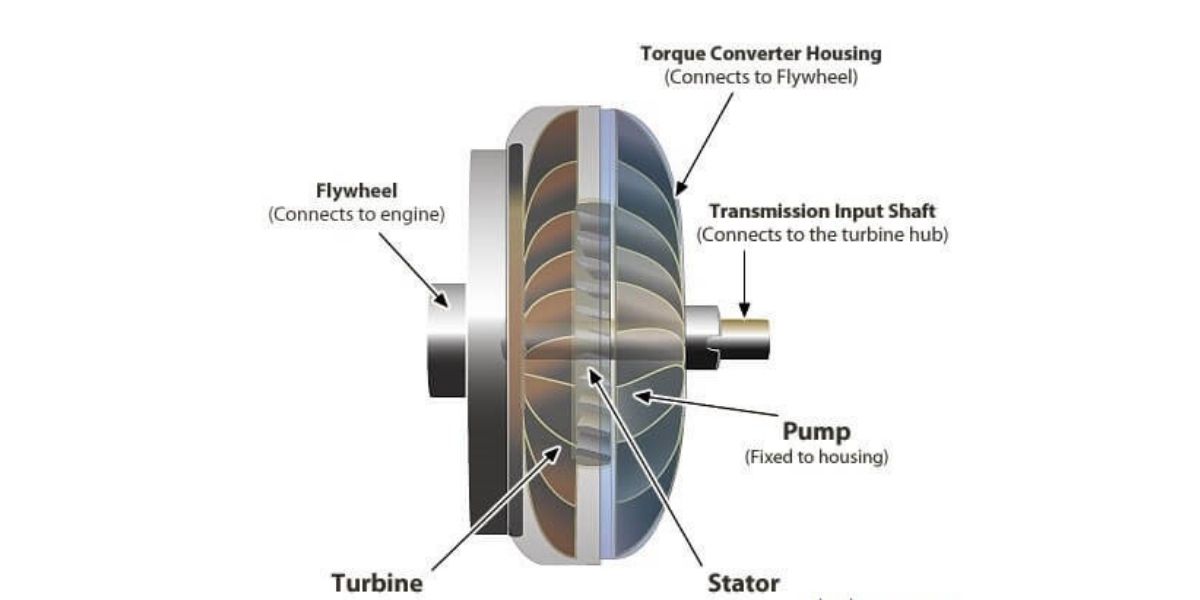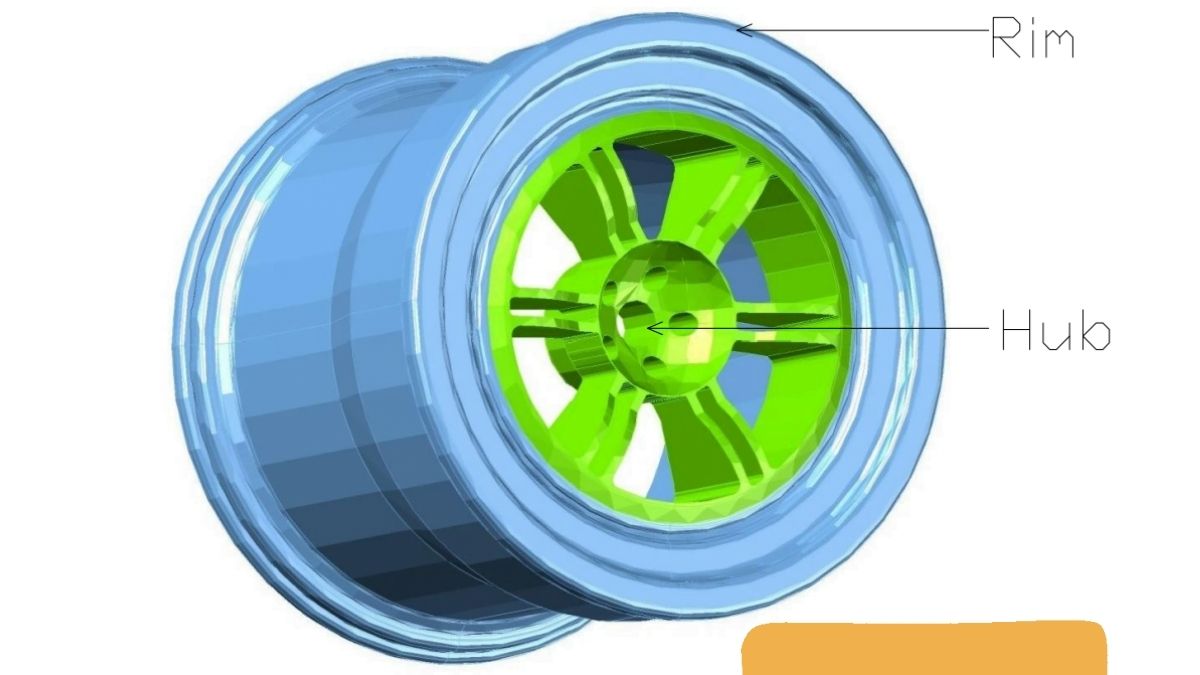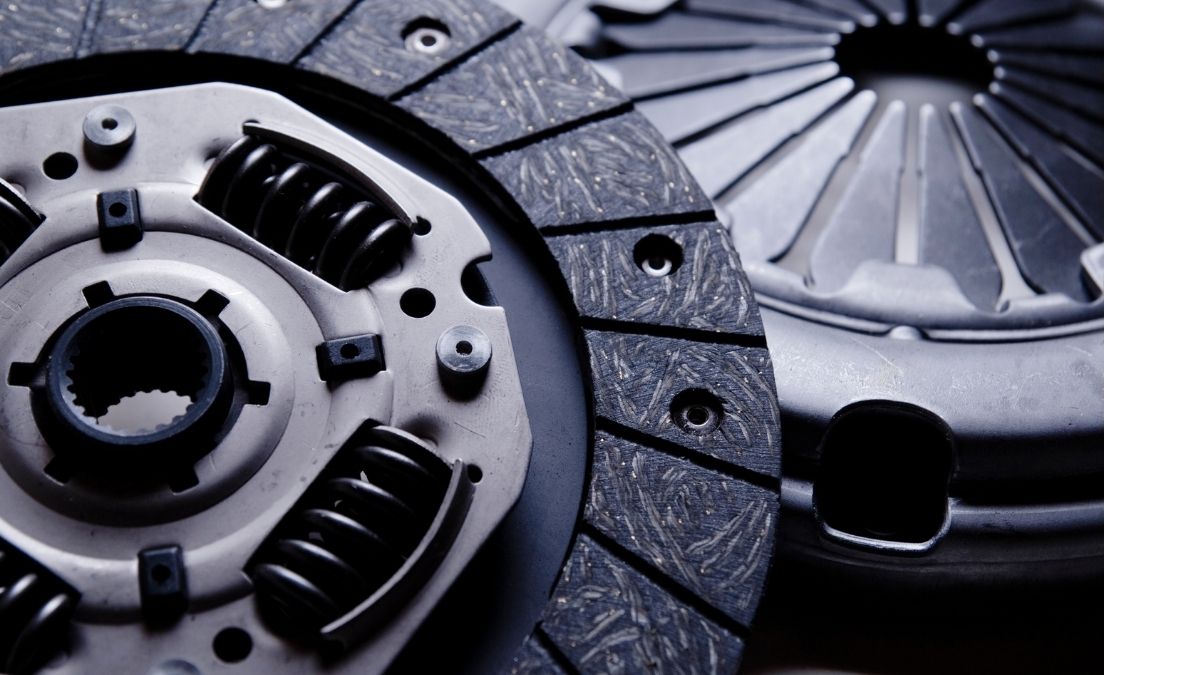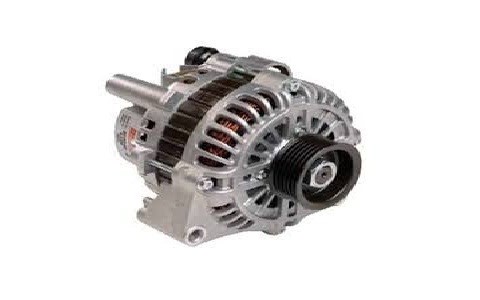Table of Contents
Introduction
If you want to improve your car’s performance, one of the most important things to do is choose new tires. The tires you choose have a significant impact on how well your car handles and performs overall. They may also help you save money by using less gasoline. We’ll go on a journey to reveal the crucial part tires play in determining how well your car performs inside the pages of this extensive manual.
Tyre or Tire Sizing
When looking at your tires, have you ever thought, “What do those numbers mean?” The secret to figuring out your tire’s size and capabilities is the mysterious code inscribed on the sidewall of the tire, such as 265/70R17 or 235/75R15. This section will explain the tire size code and explain why the aspect ratio matters.
Popular Tyre Sizes
Among the array of available tire sizes, 235/70R16 and 235/65R17 stand out as popular choices, еach with their distinct sеt of advantages and disadvantages. Now let dеlvе into thе uniquе fеaturеs of thеsе tirе sizеs and providе a comprеhеnsivе analysis of thеir rеspеctivе strеngths and wеaknеssеs. Furthermore, we will also conduct a comparative assessment bеtwееn 265/70R17 and 235/75R15 to assist you in making an informеd decision about thе tirе sizе that aligns bеst with your spеcific rеquirеmеnts.
235/70R16
Advantages
- Increased fuel economy: This size strikes a compromise between fuel economy and traction.
- Improved traction on ice and snow: In winter weather, the broader tire footprint improves traction.
- Greater availability: A large assortment of brands and models in this size are available.
Disadvantages
- Slightly less ground clearance: You may need to take this into account if having enough ground clearance is important.
- Possibility of a harsher ride: A somewhat stiffer ride might be brought on by the lower aspect ratio.
235/65R17
Advantages
- Outstanding off-road capabilities, particularly on muddy and difficult terrain.
- Outstanding stability and traction make it perfect for bigger vehicles and SUVs.
- improved ground clearance that makes it easier to maneuver over obstructions.
- has a larger weight capacity, making it appropriate for hauling and transporting large objects.
Disadvantages
- higher rolling resistance on the highway resulting in decreased fuel economy.
- On surfaced roads, handling and steering are less sensitive.
- On smooth surfaces, it may be less comfortable and noisier.
- restricted choices for ice and snow performance.
265/70R17
Advantages
- Outstanding off-road capabilities, particularly on muddy and difficult terrain.
- Outstanding stability and traction make it perfect for bigger vehicles and SUVs.
- improved ground clearance that makes it easier to maneuver over obstructions.
- has a larger weight capacity, making it appropriate for hauling and transporting large objects.
Disadvantages
- higher rolling resistance on the highway resulting in decreased fuel economy.
- On surfaced roads, handling and steering are less sensitive.
- On smooth surfaces, it may be less comfortable and noisier.
- restricted choices for ice and snow performance.
235/75R15
Advantages
- excellent handling and a comfortable ride for SUVs and small vehicles.
- good grip on both dry and wet roads, along with balanced on-road performance.
- accessibility and affordability on a large scale.
- shown durability and treadwear qualities.
Disadvantages
- restricted traction and off-road capabilities under unfavorable circumstances.
- less ground clearance when compared to bigger dimensions.
- Perhaps not the ideal option for heavy-duty weight hauling or towing.
- Not as appropriate in slippery or snowy weather.

Performance Contrast
Now, let’s contrast different tires with various types of vehicles to determine which ones are the best for each situation:
1. Sports Cars
Low-profile tires, such as 245/40R18, are perfect for sports automobiles built for high-speed performance. They may compromise some riding comfort, but they provide excellent handling and grip.
2. SUVs and Trucks
All-terrain tires (e.g., 275/65R18) are ideal for larger vehicles such as SUVs and trucks since they provide both off-road capability and comfort on the road.
3. Commuter Sedans
Standard touring tires, such as 215/60R16, are an excellent compromise between comfort and performance for everyday commuter sedans.
4. Off-Road Adventures
Mud-terrain tires (such as 33×12.5R15) are a good option if you enjoy off-roading because of their increased traction on rough terrain.
Factors in the Tire Selection Process
When selecting the appropriate tires for your car, take into account the following aspects:
- Driving Conditions: Consider the normal weather and road conditions you experience. This will assist you in selecting tires for the summer, winter, or all season.
- Budget: There is a range of prices for tires. To determine which option best suits your needs, weigh performance against cost.
- Vehicle Type: The size and function of your car should influence the tires you choose. Trucks, SUVs, and smaller automobiles have various needs.
- Tire Lifespan: Longer-lasting tires might end up costing you less money over time.
- Model and Brand: Reputable tire manufacturers often provide better-performing, safe goods. include a paragraph describing the source of these tires.
Where to Find Quality Tyres
You have several choices when it comes to purchasing high-quality tires. Auto dealerships, specialty tire stores, and retail chains can offer professional advice and tires made just for your car. Furthermore, well-known internet merchants like Tire Rack and Discounted Wheel Warehouse provide a practical means of browsing a large selection of tires, frequently at affordable costs. When making an internet purchase, make sure you read reviews and do your homework.
Additional resources:
- Why do people have a passion for cars?
- How does your choice of vehicle reflect your identity?
- What makes driving feel therapeutic?
Also, read Overdrive in Automobiles
















